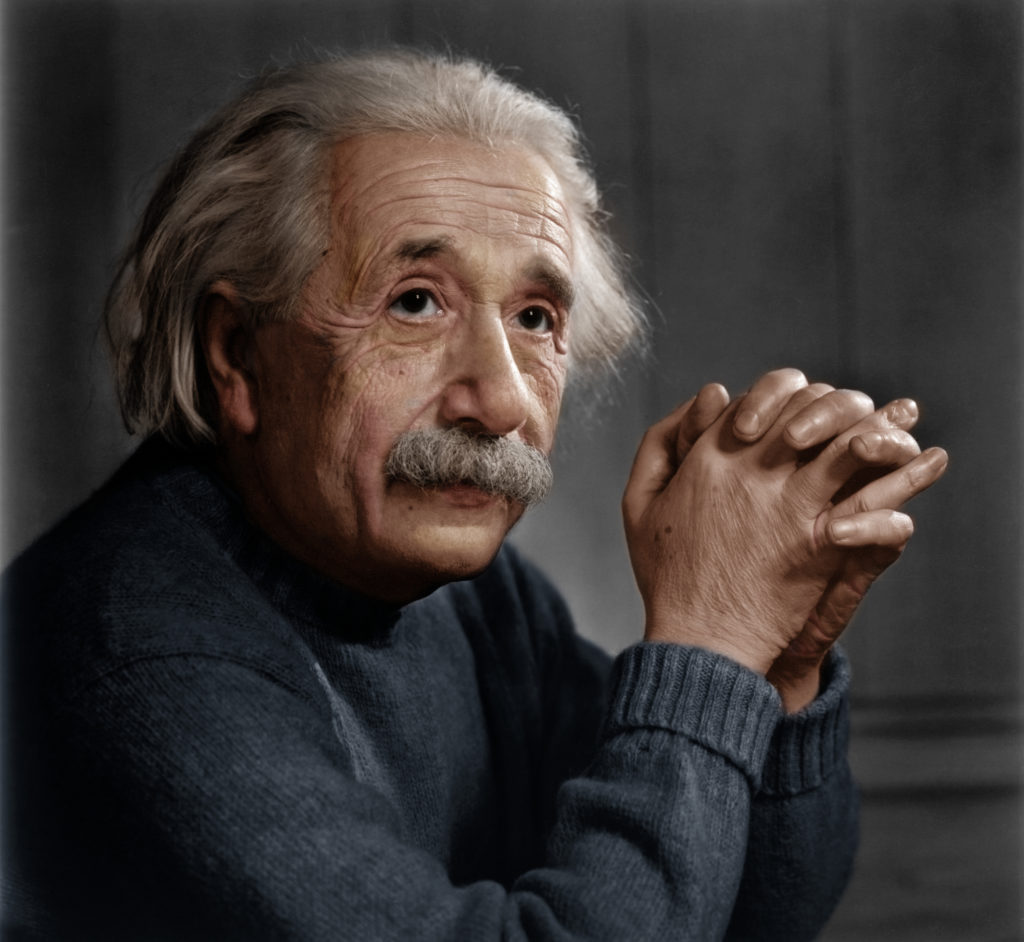
The Scarlet Mark: Famous Red Card Incidents That Defined Football History
In the beautiful game of football, few moments ignite as much passion, controversy, and lasting memory as the flash of a red card. More than just a disciplinary measure, a red card signifies the ultimate expulsion, a player’s banishment from the pitch, often altering the course of a match, a tournament, or even a career. While many send-offs are routine, a select few have transcended the ordinary, etching themselves into the annals of football folklore, forever debated, discussed, and remembered. These are the scarlet marks on the canvas of football history, moments of fury, frustration, tactical genius, or sheer absurdity that left an indelible impression.
I. World Cup Drama: The Ultimate Stage for Infamy
The FIFA World Cup, with its unparalleled global audience and immense stakes, has been the stage for some of the most iconic and infamous red card incidents. The pressure cooker environment often boils over, leading to moments of regrettable action that define legacies.
1. Zinedine Zidane (France vs. Italy, 2006 World Cup Final)
Perhaps the most iconic red card in football history, Zinedine Zidane’s send-off in the 2006 World Cup final against Italy remains shrouded in a tragic mystique. In the 110th minute of his last professional game, with the score tied 1-1 and extra time winding down, Zidane, after exchanging words with Italian defender Marco Materazzi, turned and delivered a sudden, powerful headbutt to Materazzi’s chest. The referee, Horacio Elizondo, initially missed the incident but, after consultation with his linesman (and allegedly the fourth official who saw it on a monitor, though FIFA denied this), produced the red card.
The image of the legendary French captain, scorer of France’s only goal and a player universally adored for his grace and skill, walking past the World Cup trophy he would never lift, became an enduring symbol of a glorious career ending in a moment of shocking madness. France ultimately lost the final on penalties, leaving fans to wonder what might have been had their talisman remained on the pitch. The incident sparked a global debate about provocation, sportsmanship, and the pressures of the highest level.
2. David Beckham (England vs. Argentina, 1998 World Cup Round of 16)
David Beckham, then a rising star and national hero, found himself thrust into the role of national villain after his red card against Argentina in the 1998 World Cup. Early in the second half, with the score tied 2-2, Beckham was fouled by Diego Simeone. As Beckham lay on the ground, Simeone rubbed his knuckles into Beckham’s head, prompting the Englishman to lash out with a retaliatory flick of his boot. Simeone theatrically tumbled to the ground, and Danish referee Kim Milton Nielsen immediately brandished the red card.
England, reduced to ten men, bravely held on for the remainder of normal time and extra time, but eventually lost in a penalty shootout. The British media and public vilified Beckham upon his return, blaming him for England’s exit. Effigies were burned, and he faced immense hostility. However, this incident ultimately became a catalyst for Beckham’s legendary resilience and redemption arc, transforming him into an even greater icon as he matured and led England with distinction in subsequent years.
3. Luis Suárez (Uruguay vs. Ghana, 2010 World Cup Quarter-Final)
While not a red card for violent conduct, Luis Suárez’s deliberate handball on the goal line in the dying seconds of extra time against Ghana in the 2010 World Cup quarter-final is one of the most infamous and controversial send-offs. With the score tied 1-1, Ghana launched a final attack. A header from Dominic Adiyiah was goal-bound, only for Suárez to instinctively block it with both hands, preventing a certain goal.
The referee had no choice but to show Suárez a straight red card and award Ghana a penalty. Asamoah Gyan stepped up but agonizingly hit the crossbar. Uruguay went on to win the subsequent penalty shootout, advancing to the semi-finals. Suárez’s "Hand of God" moment, as some called it, divided opinion: was it cheating or a heroic sacrifice for his nation? Regardless, it was a defining moment of the tournament, showcasing the fine line between villainy and valor in the pursuit of victory.
4. Diego Maradona (Argentina vs. Brazil, 1982 World Cup Second Round)
Even the legendary Diego Maradona was not immune to the scarlet stain of a red card. In the 1982 World Cup, a young Maradona, still finding his feet on the global stage, was sent off against eternal rivals Brazil. Trailing 3-1 late in the game, a frustrated Maradona kicked Brazilian defender João Batista in the groin, earning a straight red card.
This incident highlighted Maradona’s fiery temperament, a trait that would both define and sometimes derail his career. It was an early glimpse of the genius and the volatile passion that made him one of football’s most compelling figures, even if this particular moment was one of immaturity.
II. Club Calamities: Passion, Rivalry, and Retribution
Beyond the international stage, club football, with its intense rivalries and personal vendettas, has also provided fertile ground for memorable red card incidents.
1. Roy Keane (Manchester United vs. Manchester City, 2001)
Few red cards epitomize pure, unadulterated retribution quite like Roy Keane’s tackle on Alf-Inge Håland. Four years prior, Håland, then playing for Leeds United, had famously stood over an injured Keane, accusing him of feigning injury. Keane, known for his long memory and fierce competitive spirit, harbored a deep grudge.
In April 2001, playing against Håland’s Manchester City, Keane launched a brutal, knee-high tackle on the Norwegian. He was immediately sent off and later admitted in his autobiography that it was a deliberate act of revenge, stating, "I’d waited long enough. I hit him hard. The ball was there (I think). Take that you c***." The tackle effectively ended Håland’s career and earned Keane a lengthy ban and a substantial fine, cementing his reputation as one of football’s most feared and uncompromising midfielders.
2. Paolo Di Canio (Sheffield Wednesday vs. Arsenal, 1998)
Paolo Di Canio was a player of immense talent and equally immense temper. In a match against Arsenal, after being fouled, Di Canio was shown a yellow card for dissent. His protests escalated, leading referee Paul Alcock to issue a red card. What followed was one of the most shocking displays of player-on-official violence. Di Canio, in a fit of rage, pushed Alcock, sending the referee sprawling to the ground.
The incident sparked widespread condemnation. Di Canio received an eleven-match ban and a hefty fine, one of the longest suspensions ever handed out in English football for such an offense. Despite his undeniable skill, this moment became a defining image of his volatile personality.
3. Frank Rijkaard & Rudi Völler (Netherlands vs. West Germany, 1990 World Cup Round of 16)
This incident was less about a single red card and more about a bizarre, escalating spat between two star players. Early in the match, Frank Rijkaard fouled Rudi Völler. As Völler protested, Rijkaard spat into his hair. Moments later, after a goal kick, Völler ran past Rijkaard and was then fouled by Dutch goalkeeper Hans van Breukelen. As Völler returned to his feet, Rijkaard appeared to tweak Völler’s ear and once again spat in his hair.
Both players were shown red cards. As they walked off the pitch, Rijkaard spat on Völler for a third time. The incident became a symbol of the intense rivalry between the two nations and a deeply unsportsmanlike display that left a sour taste.
4. Steven Gerrard (Liverpool vs. Manchester United, 2015)
In his final season at Liverpool, with the club’s title hopes fading, Steven Gerrard, arguably Liverpool’s greatest ever captain, endured a nightmare start in a crucial match against rivals Manchester United. Coming on as a half-time substitute, Gerrard lasted a mere 38 seconds before being sent off for stamping on Ander Herrera.
The moment was shocking due to its speed and the uncharacteristic nature of the foul from a player renowned for his professionalism. It was a tragic end to his involvement in one of football’s most heated derbies and a sad footnote in his storied career, symbolizing the frustration of a player desperate to make an impact but succumbing to the pressure.
5. Lee Bowyer & Kieron Dyer (Newcastle United vs. Aston Villa, 2005)
Perhaps the most bizarre and embarrassing red card incident in Premier League history involved two teammates fighting each other. With Newcastle United already trailing Aston Villa 3-0 and reduced to 10 men, midfielder Lee Bowyer took exception to Kieron Dyer not passing him the ball. An argument quickly escalated into a full-blown fistfight in the middle of the pitch.
Both players were pulled apart by teammates and shown straight red cards by referee Barry Knight, reducing Newcastle to 8 men. The image of teammates physically assaulting each other on the pitch was a spectacle of utter unprofessionalism and a truly surreal moment that left fans and pundits alike dumbfounded. Both received lengthy bans and fines.
III. Bizarre & Unforgettable: Beyond the Conventional
Some red cards defy easy categorization, standing out for their sheer uniqueness or the peculiar circumstances surrounding them.
1. Eden Hazard (Chelsea vs. Swansea City, 2013 League Cup Semi-Final)
This incident involved a player, a ball boy, and a moment of extreme frustration. With Chelsea trailing Swansea 2-0 and time running out, the ball went out for a goal kick. A Swansea ball boy, Charlie Morgan, deliberately lay on the ball to waste time. Eden Hazard, desperate to retrieve the ball, tried to kick it out from under him, inadvertently making contact with the boy.
Morgan clutched his side, and Hazard was shown a straight red card for violent conduct. The incident sparked a massive debate about time-wasting, player frustration, and the role of ball boys. Hazard was criticized but also defended by those who felt the ball boy had provoked him. It remains a truly unique entry in the annals of famous red cards.
2. Kieran Gibbs (Chelsea vs. Arsenal, 2014 Premier League)
This red card is famous not for what the player did, but for what he didn’t do. In a crucial London derby, Chelsea’s Eden Hazard took a shot that was clearly handled by Arsenal midfielder Alex Oxlade-Chamberlain on the goal line. Referee Andre Marriner immediately blew his whistle and reached for his red card. However, in a case of mistaken identity, he sent off left-back Kieran Gibbs instead of Oxlade-Chamberlain.
Despite protests from Oxlade-Chamberlain himself, who admitted his guilt, the decision stood, and Gibbs was sent off. The incident became a widely mocked example of refereeing error and highlighted the immense pressure officials face in high-stakes matches. The FA later rescinded Gibbs’ red card and transferred the punishment to Oxlade-Chamberlain.
Conclusion: The Enduring Legacy of the Scarlet Mark
From moments of unbridled rage and tactical cunning to bizarre mix-ups and outright comedic situations, red card incidents provide some of football’s most enduring and dramatic narratives. They underscore the immense pressure on players, the fine line between passion and indiscretion, and the often-unpredictable nature of the game.
These scarlet marks on the pitch are more than just disciplinary actions; they are pivotal moments that have shaped results, altered careers, and sparked countless debates among fans. They remind us that football is not just about goals and victories, but also about the raw, human drama that unfolds when emotions run high, forever etched into the collective memory of the beautiful game.



